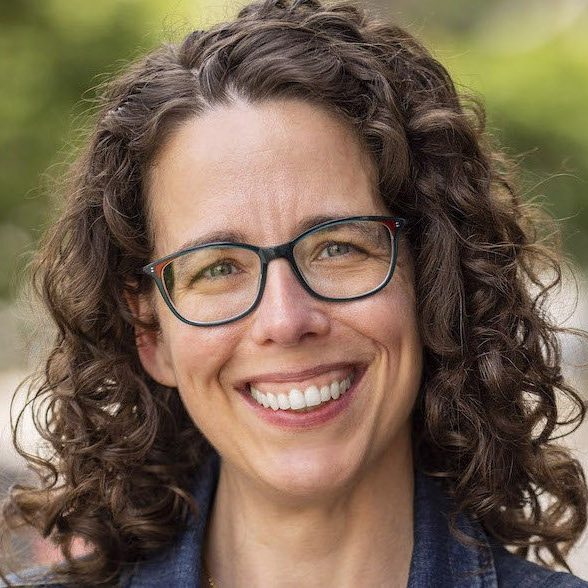
Amazon ads have long been a valued (and sometimes expensive) tool for self-published authors and traditional publishers alike to drive visibility and sales. But one key group has always been excluded from placing such ads: traditionally published authors. Such authors must rely on their publishers investing in ads or seek out alternatives, such as Facebook or BookBub. But that changed earlier this year when Amazon opened up their advertising platform to anyone with an Amazon Author Central account (which is, effectively, anyone who has authored a book).
The big challenge with Amazon ads? Return on investment.
Traditionally published authors typically earn far less than self-published authors per copy. Despite pricing much lower, self-published authors earn more per copy than traditionally published authors, regardless of format. Since Amazon ads can easily cost 50 cents per click or more (with only a small percentage of clicks leading to a sale), it’s obviously challenging to profit off a campaign as a traditionally published author.
The other big challenge: Learning how to run profitable ads in the first place.
This isn’t stuff they teach you in school, and most authors learn how to run Amazon Ads by first buying a course or book, then conducting lots and lots of testing.
Fortunately, I’m delighted to bring you expert Matt Holmes, who has written a long, comprehensive, illustrated post (about 10,000 words long) that will help you set up your first campaign.
I’m not going to lie: there is a lot of terminology to learn and it will likely take you several months to fully understand what works for you (or if it works for all), in addition to investing money you can afford to lose.
What book(s) should you advertise?
A good opportunity for investment might be the first book in a series. Even if a traditionally published author earns only $1 per sale on average, if there are four or five books in the series and the reader goes on to buy the entire series, the advertisement can lead to positive earnings. This means genre fiction authors, who more often write in series, may be better positioned to benefit than, say, a debut author of memoir or fiction.
There might also be an argument for an advertising campaign when sales have died down. Amazon will show customers a book more often if it experiences an uptick in sales or interactions after its initial Amazon sales have started to fall off. Thus, an advertisement can bring a little life back into the book, long after release.
Read Amazon Ads for Authors: A Comprehensive Step-by-Step Guide

Jane Friedman has spent nearly 25 years working in the book publishing industry, with a focus on author education and trend reporting. She is the editor of The Hot Sheet, the essential publishing industry newsletter for authors, and was named Publishing Commentator of the Year by Digital Book World in 2023. Her latest book is The Business of Being a Writer (University of Chicago Press), which received a starred review from Library Journal. In addition to serving on grant panels for the National Endowment for the Arts and the Creative Work Fund, she works with organizations such as The Authors Guild to bring transparency to the business of publishing.
